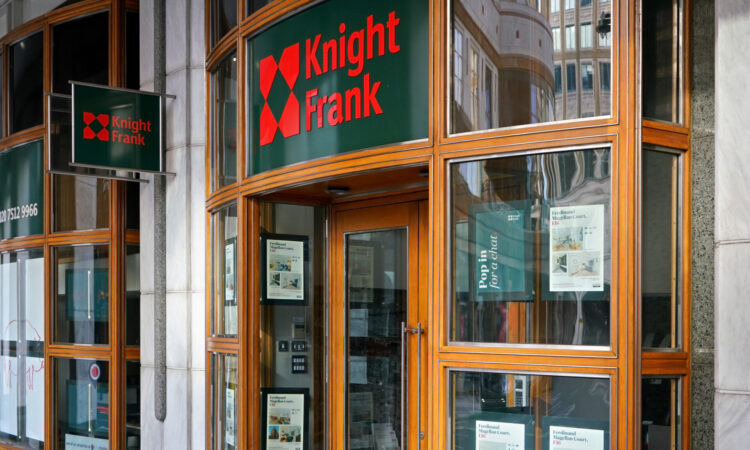
The outlook for the UK housing market has brightened in the past three months, catalysed by a notable shift in interest rate expectations, according to Knight Frank. Financial markets, which previously anticipated a single rate cut by the end of 2024, are now factoring in five such reductions.
Tom Bill of Knight Frank attributes this positive change to a faster-than-expected drop in inflation, leading mortgage lenders to significantly lower their rates to attract business in a market of reduced volume. The most competitive 5-year fixed-rate mortgages are now below 4%, enabled by a full percentage point drop in the 5-year swap rate in the last quarter of 2023.
This optimistic economic backdrop has prompted Knight Frank to adjust their UK house price forecasts upwards from their predictions three months prior. UK mainstream house prices are now expected to increase by 3% in 2024, in stark contrast to the 4% decline forecasted in October. A steady rise is projected over the following years, with an anticipated cumulative growth of 20.5% by 2028.
Halifax and Nationwide data indicate a turnaround, with reported increases and decreases in house prices showing a recovery from the 5% drop noted in August. With housing transactions trailing a fifth below the five-year average, Knight Frank waited for clear signs of stabilisation before revising their forecasts.
Strengthened demand is reflected in the 10% year-on-year increase in mortgage approvals as of November, and sales volumes are expected to follow suit with double-digit growth compared to 2023.
The London market forecasts a more modest 2% growth due to ongoing affordability challenges, while prime country houses are expected to see a narrower decline. The prime London markets, particularly central and outer areas, may face a tougher year due to the general election and are likely to underperform compared to the broader UK market.
The general election’s timing poses uncertainty, with potential internal conflicts within the Conservative Party and international tensions impacting UK inflation. However, the market could see a boost from pre-election incentives, such
as potential tax cuts and support measures for first-time buyers, which may include longer-term fixed mortgages, reduced deposit requirements, and a revival of the help-to-buy scheme.
A Labour victory, which seems likely at this point, could introduce changes that affect the prime property market, despite the party ruling out rent controls or a wealth tax. Proposed adjustments to the non-dom tax regime, an increase in stamp duty surcharge for overseas buyers, VAT on school fees, and inheritance tax alterations could influence market demand.
In the rental sector, Knight Frank hasn’t significantly changed its forecasts since October. The prediction for prime central London (PCL) is a 5.5% increase in rental values this year, a slight decrease from the 8% rise in 2023. Prime outer London (POL) is also projected to see a 4.5% growth, down from 6.8%.
Rental value growth is anticipated to be stronger in lower-value markets due to more pronounced supply-demand imbalances. High mortgage costs, additional taxes, and regulatory changes like the Renters Reform Bill are expected to maintain upward pressure on rents by restricting supply.
It’s noteworthy that the forecasted 5.5% growth in PCL has only been surpassed once since 2011, excluding the pandemic’s distortion. The broader UK rental market, as per the Office for National Statistics (ONS), experienced a record 6.2% annual growth in November, with expectations of a slight dip to 5% this year. London, however, may see a higher rate of 6% due to robust demand.
Reaction
Yann Murciano, CEO at Blend:
“Throughout 2023, negative, even apocalyptic headlines dominated the UK housing market. Last October, Knight Frank said it expected UK house prices to fall by an average of 7% last year, compared with the 5% fall it had predicted previously. It has now reversed its houses price forecast and said: “We now expect UK mainstream prices to rise by 3% in 2024, which compares to a decline of 4% predicted in October”.
“We believe this might be a bit too bullish short term, but it is clearly another example where sentiment in the UK housing market has changed.
“What’s clear is that despite the doom-laden predictions, the 2023 housing market was overall more resilient than many had predicted as it continued its slow transition from frenzy to more normality.
